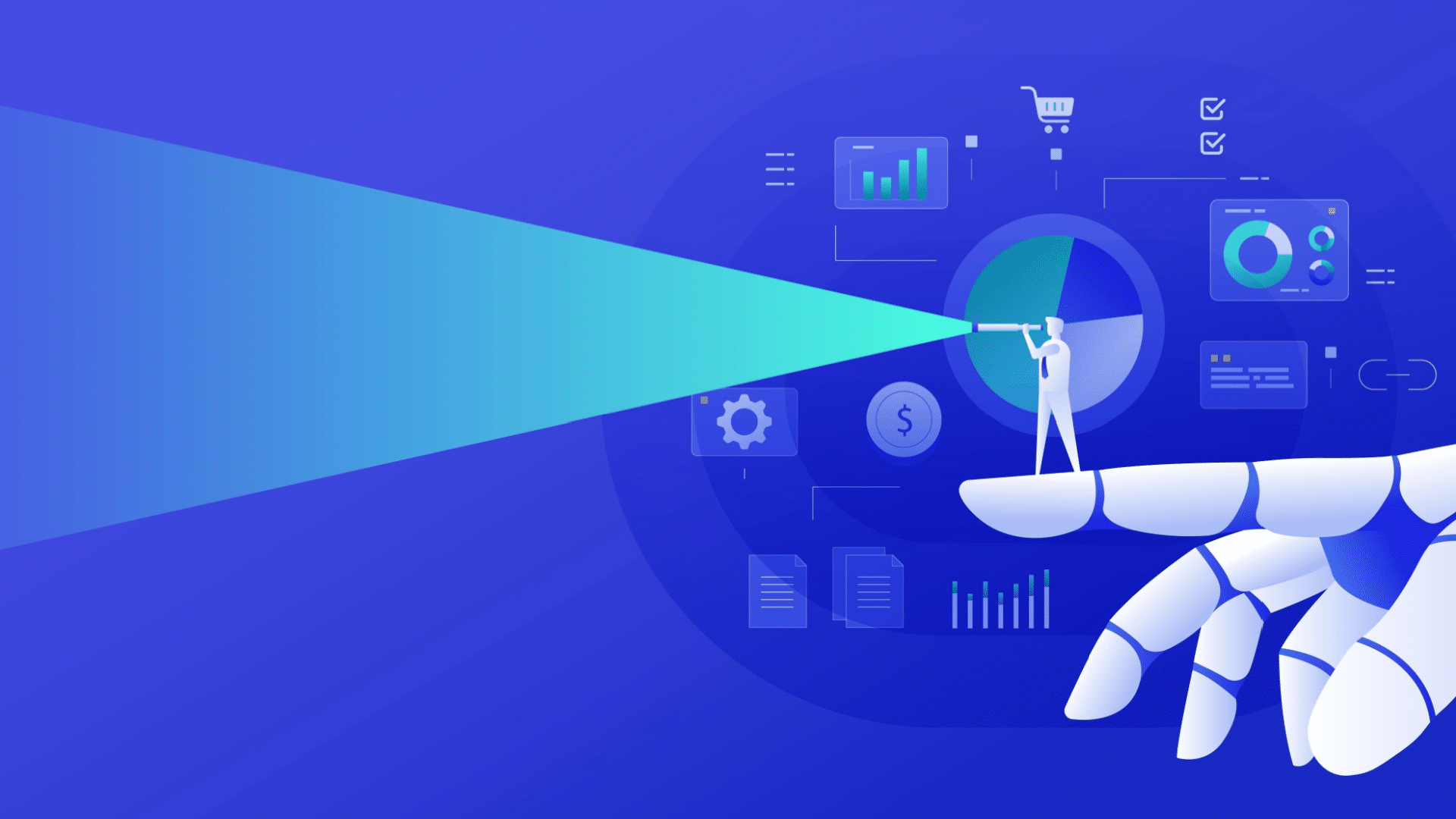AI and Machine learning are becoming an indispensable part of the modern production organization. When projects expand beyond a single department’s control, an in-house machine learning system can help monitor and respond to changes more efficiently. It can also remove human bias from the process so that quality is consistent and labor costs are minimized.
Even when there aren’t any changes to the workflow, a machine learning system can help keep pace with changing market demands. By analyzing historical data to detect patterns and predict future outcomes, ML systems can improve efficiency and reduce costs while increasing customer satisfaction. For example, automated or “soft” ML systems analyze video footage to detect dangerous activities such as falling objects or people who are unwell or intoxicated. They alert human supervisors and dispense rewards for safe work based on each employee’s performance rating history.
Types of Machine Learning in the Production Company
Machine learning can discover new insights in a large data set. It can also confirm hypotheses about existing data and discover new patterns and relationships.
Machine learning can be used in various ways in the production company. It can be used to identify data patterns and create models that can predict future events. It can also create new products, services, and products.
There are many different ways that AI and machine learning can be used in production. One everyday use of machine learning is predictive analytics, which helps companies make better decisions about their products and services. For example, predictive analytics can help companies understand which products are most likely to sell well and which are most likely to lose sales.
Another everyday use of machine learning is in recommender systems, which help people make better decisions about products based on their past purchases. For example, a recommender system could suggest products people like based on past purchases.
Advantages of Using Machine Learning in Production
Machine learning can be a cost-effective way to reduce production costs. With data generated by sensors, computers, or other devices, ML systems can discover trends and predict future outcomes. Machine learning can also help reduce the costs of decision-making. The benefits of using machine learning in production include:
1. Increased efficiency: Machine learning can help organizations to reduce their labor costs by automating tasks that used to be done manually. For example, machine learning can help organizations reduce the time it takes to analyze data by automating the process of training computers to recognize patterns in data.
2. Increased accuracy: Machine learning can help organizations improve their accuracy by training computers to learn from their mistakes. For example, machine learning can help organizations improve the accuracy of their estimates by training computers to learn from their past performance.
3. Increased reliability: Machine learning can help organizations increase their reliability by training computers to learn from past performance.
4. Increased flexibility: Machine learning can help organizations increase flexibility by training computers to learn from past performance.
Disadvantages of Using Machine Learning in Production
Machine learning has recently become a part of the production process. As such, limited data sets, models, and APIs are available to support it. This also means there aren’t any real-world examples to use as training data. As machine learning is still in its infancy, it has many unknowns. It is likely to be imperfect, inaccurate, and unpredictable. It cannot make firm conclusions about the current state of the art or future demand.
Let’s check out some of the other drawbacks:
- First, machine learning can be challenging to learn. It requires a lot of data analysis and training to work well. Beginners find it challenging to get started because of this.
- Second, machine learning can be costly to run. It requires a lot of resources and data analysis. This makes it hard for organizations to afford it.
- Third, machine learning can be very time-consuming to use. It requires a lot of training and data analysis to work well. This makes it hard for organizations to use it regularly.
- Finally, machine learning can be very dangerous if misused. It can lead to bias and discrimination in the workplace if misused.
How to Use Machine Learning In Production?
Machine learning isn’t just for engineers and data scientists. It can be used by anyone who wants to automate repetitive tasks or make decisions based on historical data. The following are examples of how machine learning can be used in production:
- Predictive maintenance – Predictive maintenance is the practice of using machine learning to predict future maintenance activity. For example, an ML system can help reduce the number of future inspections by predicting current conditions and relaying maintenance notifications to staff.
- Scheduling – A scheduling algorithm using ML can help reduce the number of manual approvals needed by ensuring only necessary work is done between shifts. This also helps reduce the risk of work-related accidents or injuries.
- Quality control – When an ML system can detect dangerous or poorly performing work, it can alert human supervisors and give them the ability to give rewards for safe work. This helps reduce human bias in the system so that quality is consistent and labor costs are minimized.
Conclusion
Machine learning is a rapidly-emerging technology that promises to be essential to production in the coming years. While it can be used to detect patterns and predict outcomes, machine learning has a limited number of abilities. It cannot make firm conclusions about the current state of the art or future demand. To use machine learning effectively, you must ensure that your data is accurate and consistent with the known facts. You also must be careful not to over-interpret machine learning results. Finally, it’s important to remember that when using machine learning, you must train it to learn the truth and make conclusions based on the truth. If you don’t, the system will be wrong, rewarding and punishing undesirable actions.






















































![LinkedIn Provides Thought Leadership Tips [Infographic] LinkedIn Provides Thought Leadership Tips [Infographic]](https://imgproxy.divecdn.com/sGPjK1VM5eAOI_l-OTkmJTV2S8dHIfUwFmDwPWjhfjg/g:ce/rs:fit:770:435/Z3M6Ly9kaXZlc2l0ZS1zdG9yYWdlL2RpdmVpbWFnZS9saW5rZWRpbl90aG91Z2h0X2xlYWRlcnNoaXBfaW5mbzIucG5n.webp)














